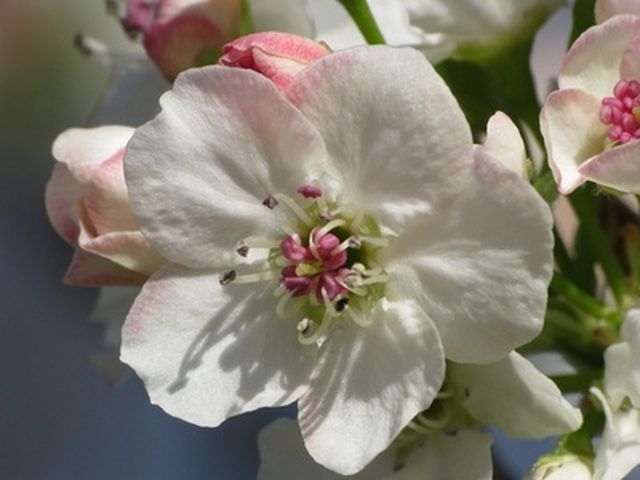Bulbs
Flower Basics
Flower Beds & Specialty Gardens
Flower Garden
Garden Furniture
Garden Gnomes
Garden Seeds
Garden Sheds
Garden Statues
Garden Tools & Supplies
Gardening Basics
Green & Organic
Groundcovers & Vines
Growing Annuals
Growing Basil
Growing Beans
Growing Berries
Growing Blueberries
Growing Cactus
Growing Corn
Growing Cotton
Growing Edibles
Growing Flowers
Growing Garlic
Growing Grapes
Growing Grass
Growing Herbs
Growing Jasmine
Growing Mint
Growing Mushrooms
Orchids
Growing Peanuts
Growing Perennials
Growing Plants
Growing Rosemary
Growing Roses
Growing Strawberries
Growing Sunflowers
Growing Thyme
Growing Tomatoes
Growing Tulips
Growing Vegetables
Herb Basics
Herb Garden
Indoor Growing
Landscaping Basics
Landscaping Patios
Landscaping Plants
Landscaping Shrubs
Landscaping Trees
Landscaping Walks & Pathways
Lawn Basics
Lawn Maintenance
Lawn Mowers
Lawn Ornaments
Lawn Planting
Lawn Tools
Outdoor Growing
Overall Landscape Planning
Pests, Weeds & Problems
Plant Basics
Rock Garden
Rose Garden
Shrubs
Soil
Specialty Gardens
Trees
Vegetable Garden
Yard Maintenance
What Is a Bradford Pear Tree?
What Is a Bradford Pear Tree?. The Bradford pear tree is an ornamental tree usually used in landscaping. It is considered a good "street tree" because of its ability to withstand traffic fumes and other pollution. The fruits it produces are inedible.

The Bradford pear tree is an ornamental tree usually used in landscaping. It is considered a good "street tree" because of its ability to withstand traffic fumes and other pollution. The fruits it produces are inedible.
Aliases
Bradford pear is known botanically as a cultivar of Pyrus calleryana. It is sometimes called Callery pear.
Description
The tree grows up to 40 feet tall and forms a pyramid shape upon maturity. Its leaves reach 2 to 3 inches in length and are shiny with a pronounced center vein. Before its foliage emerges in the spring, the Bradford pear produces lovely white flowers, which unfortunately smell rank. Its nonedible fruits are a 1/2-inch in diameter and greenish brown.
History
Pyrus calleryana trees are native to China and Korea. In the 1960s the U.S. Department of Agriculture allowed the "Bradford" cultivar to be sold commercially. It was named in honor of the horticulturalist F. C. Bradford, who helped develop Pyrus calleryana seeds from China into the cultivar eventually introduced to the Western hemisphere. Since then, city planners and homeowners alike have made use of the handsome ornamental.
Disadvantages
Some Bradford pear cultivars are invasive in the eastern United States. Homeowners may find the trees too fragile; limbs and even parts of the trunk break easily during storms. Many people find the smell of the tree during flowering season unpleasant.
Alternatives
Other ornamental pear cultivars include "Cleveland Select." Ornamental plum and flowering crabapple possess similar advantages to the Bradford pear, but aren't as fragile.